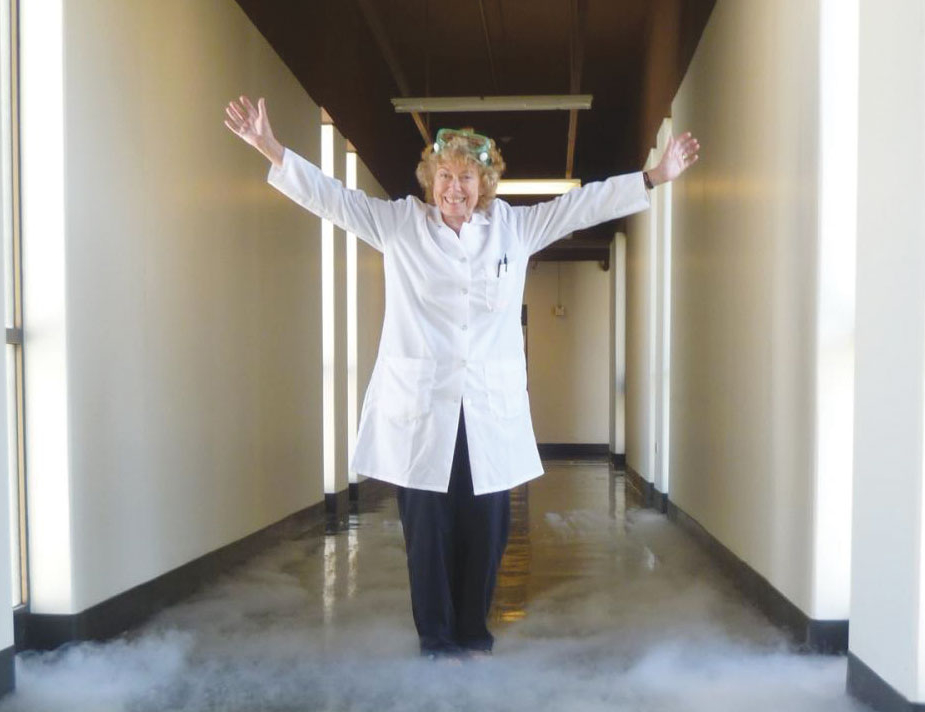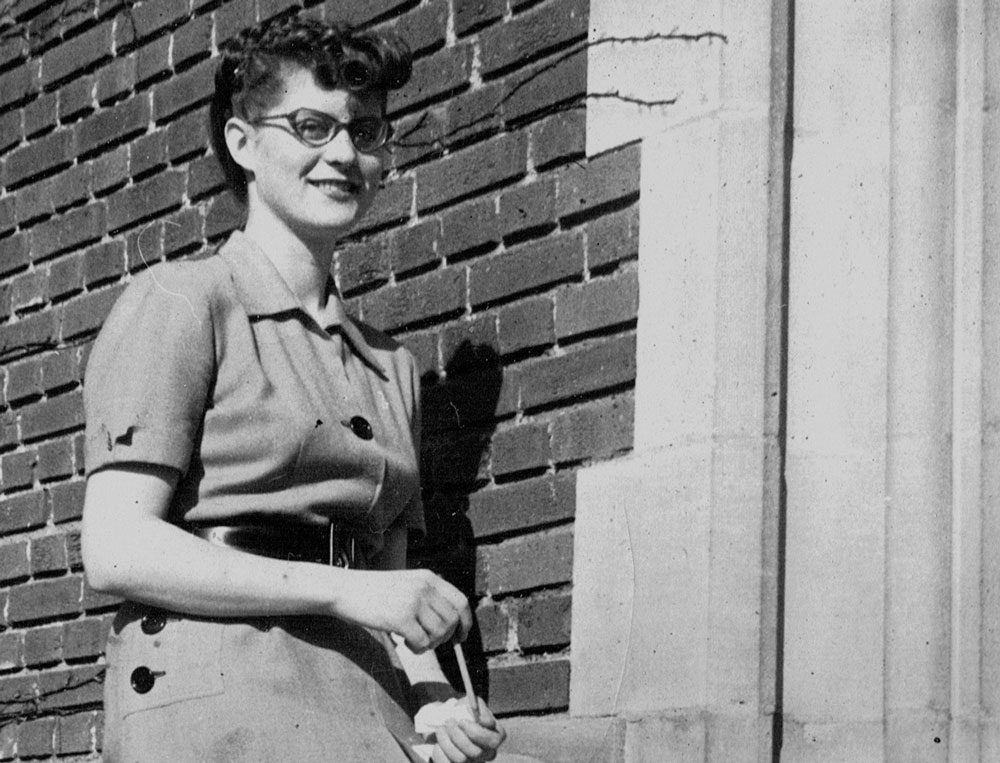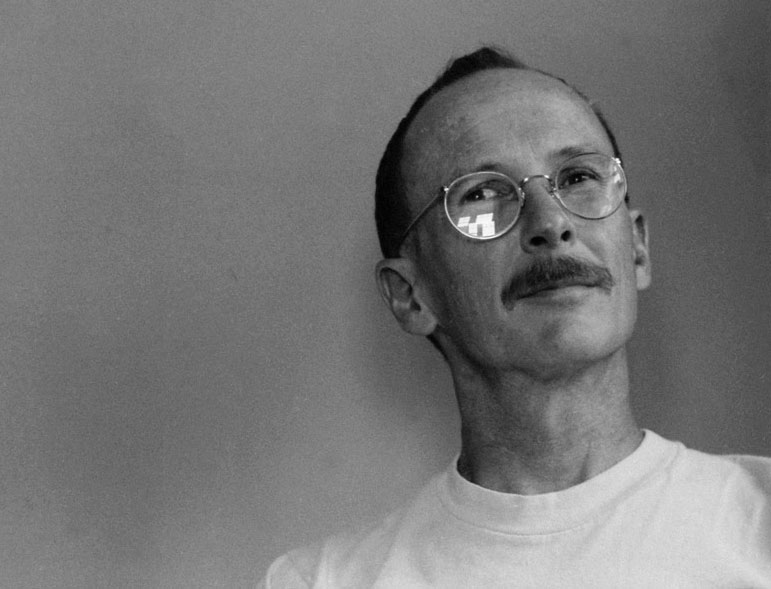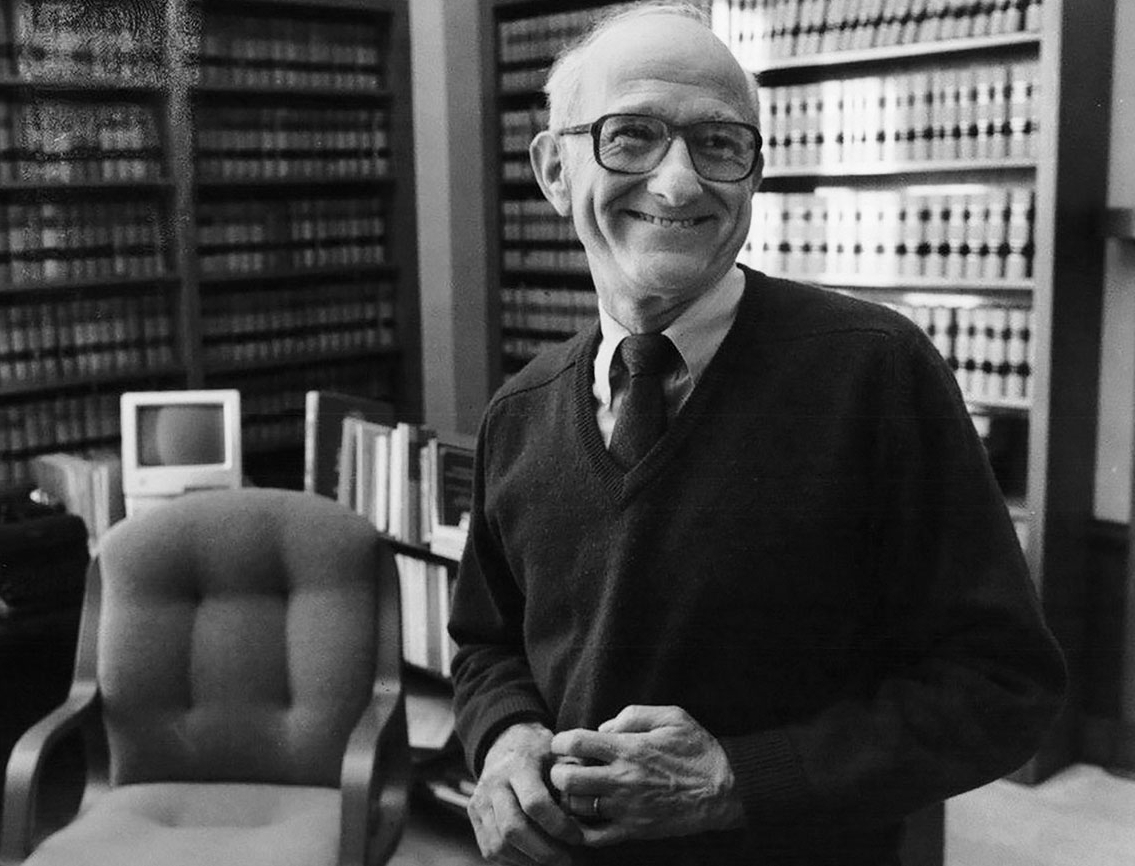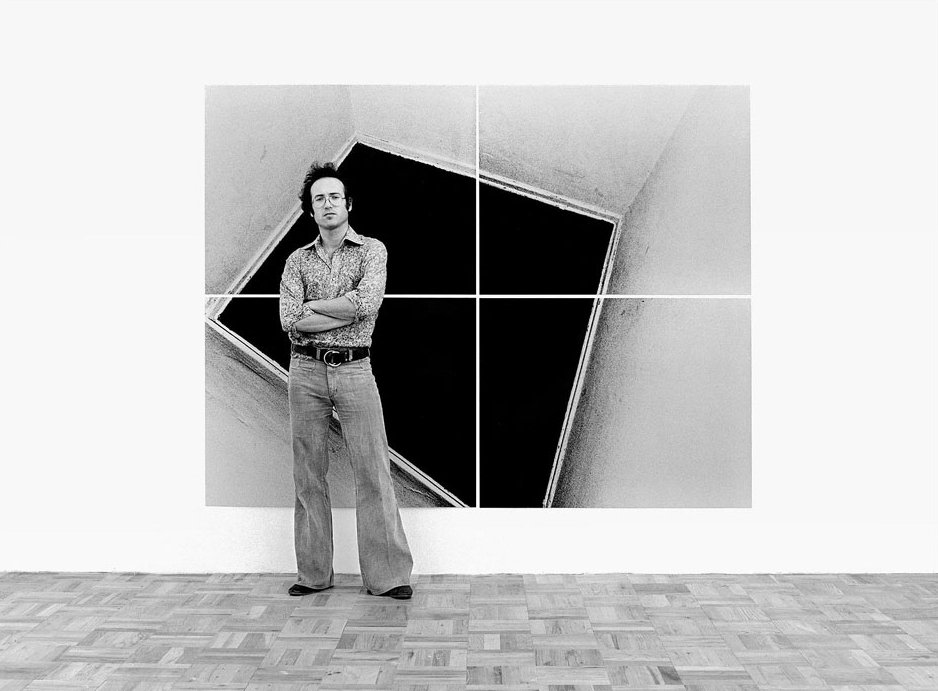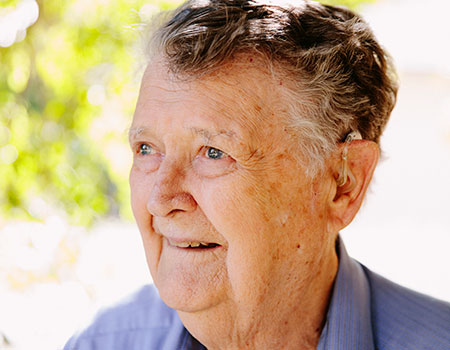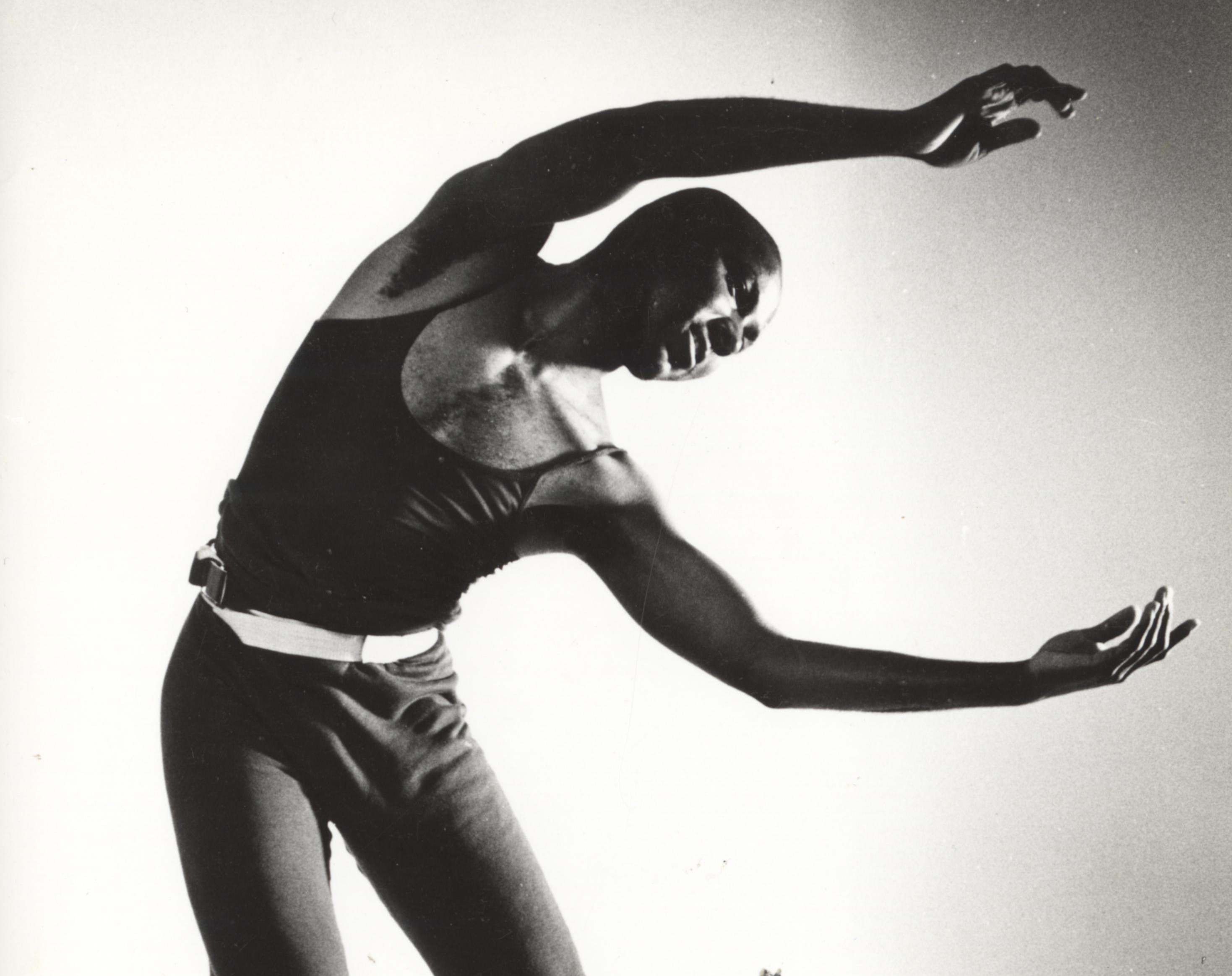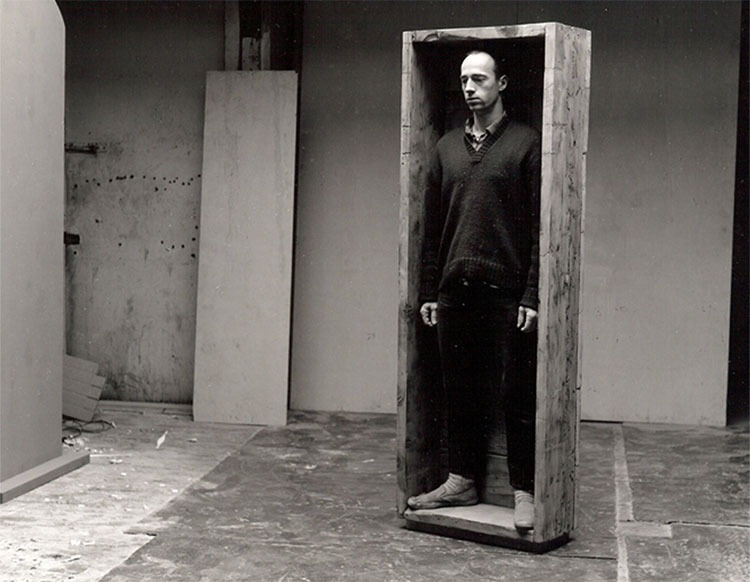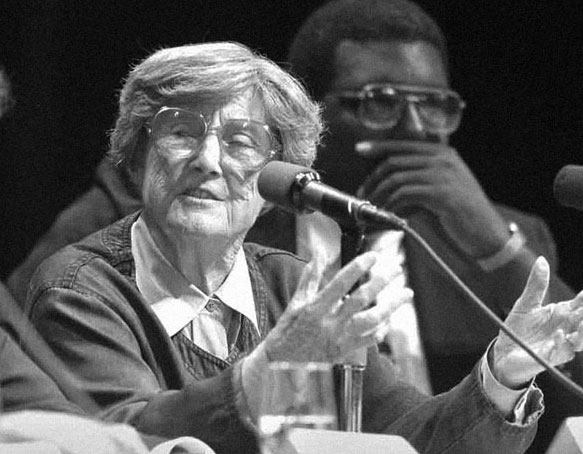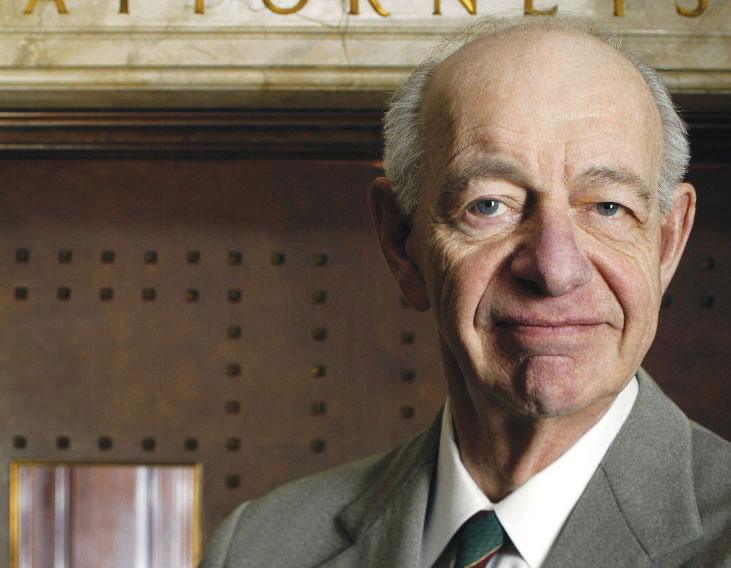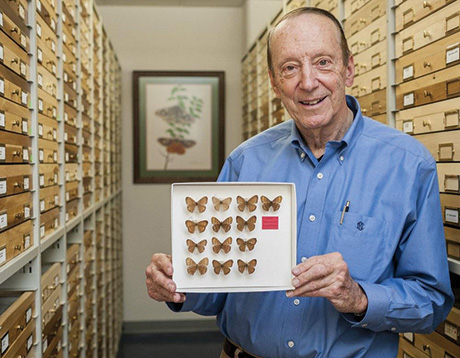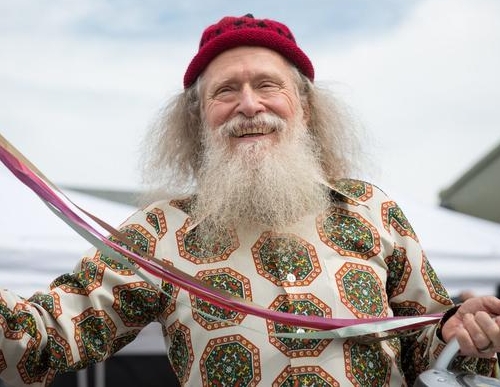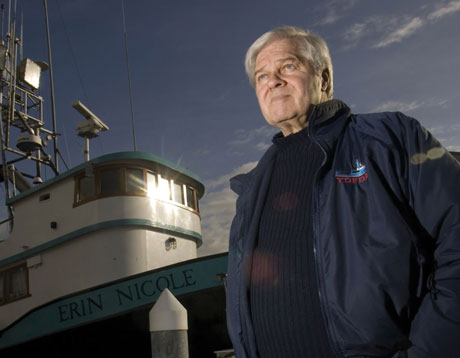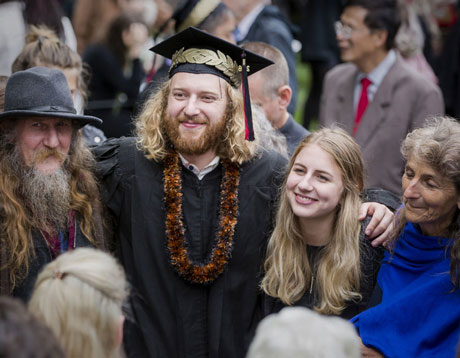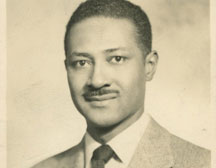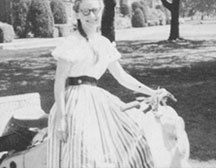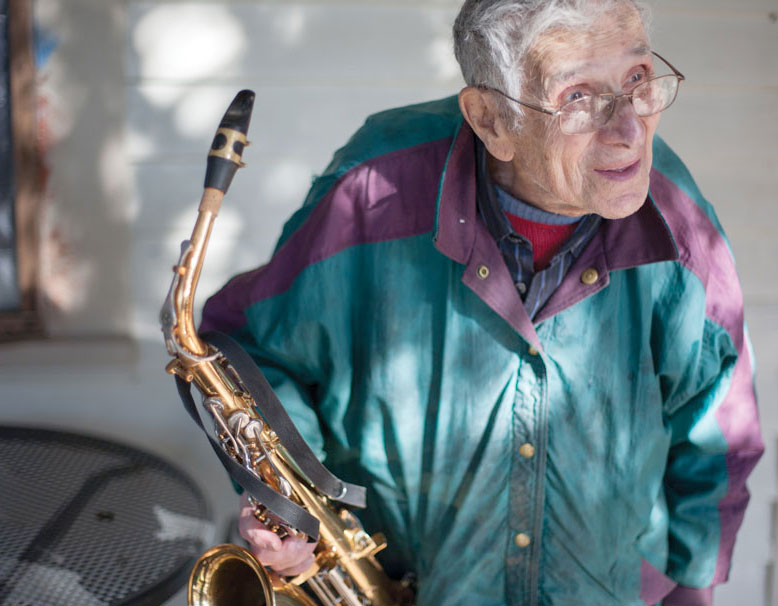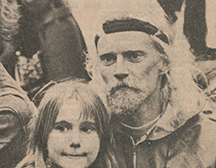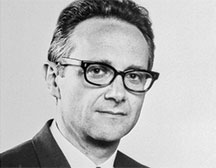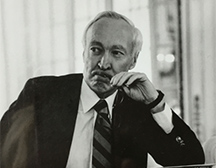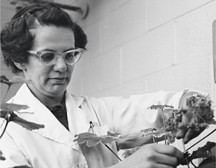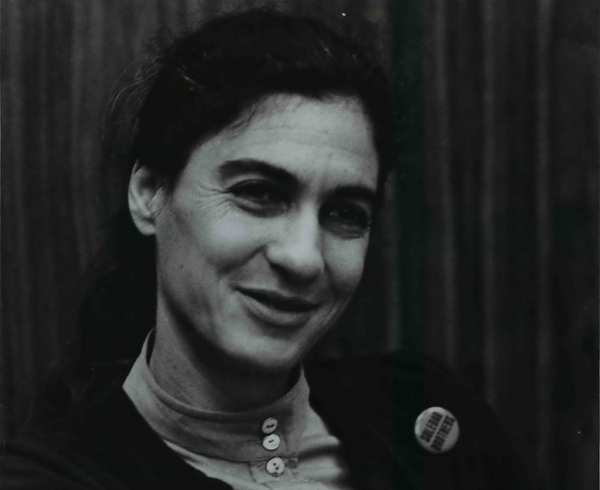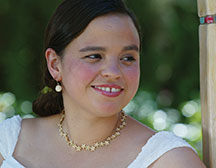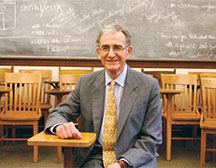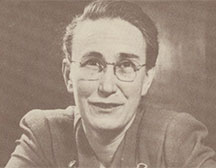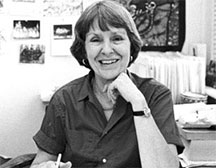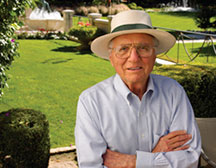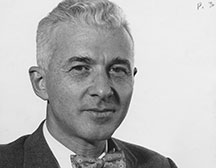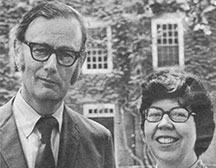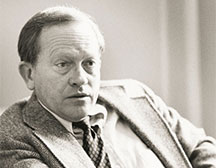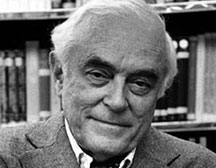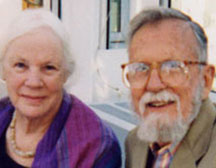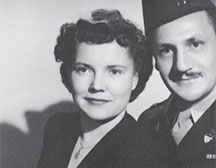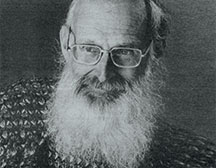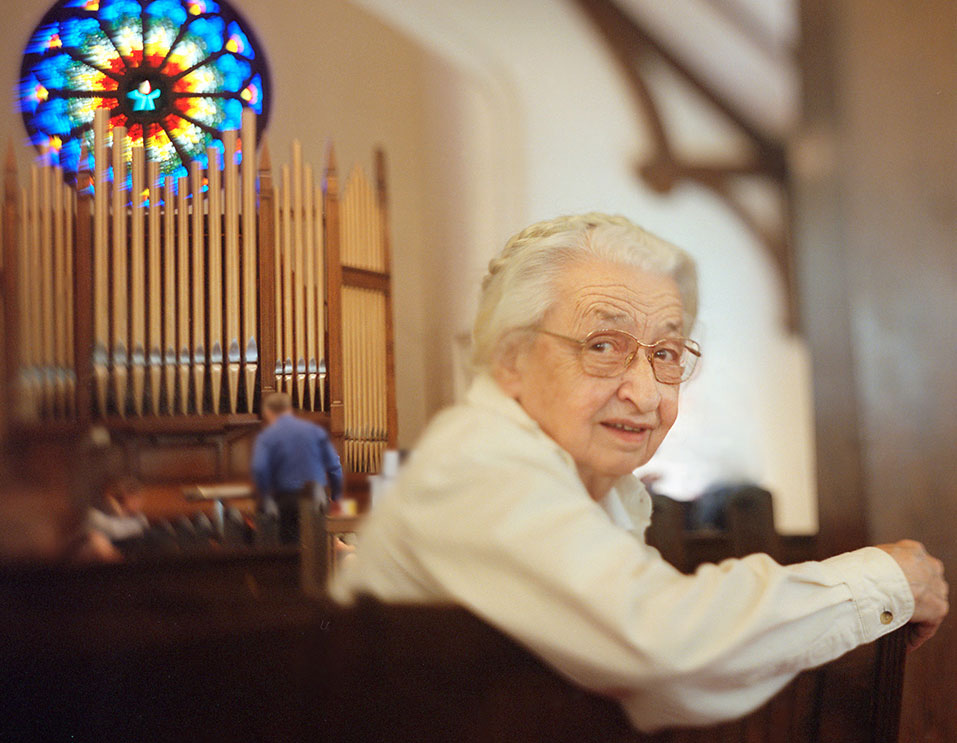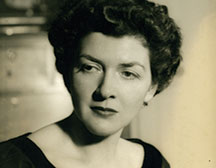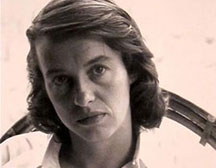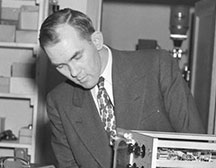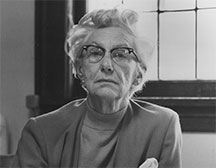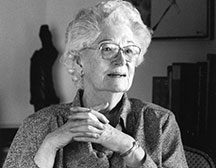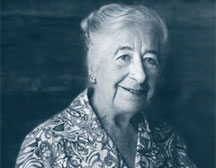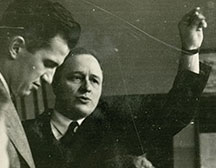Visionary designer colored outside the lines.
Emilio Pucci MA ’37
Emilio Pucci, MA ’37, a world-famous designer whose creations were worn by Jacqueline Kennedy and Grace Kelly, died November 29, 1992, of an apparent heart attack in a hospital in Florence, Italy.
Pucci’s bold colors and sweeping lines shattered previous notions of design, making him an icon of the psychedelic movement. In addition to his impact on the world of fashion, he also played a role in a striking episode of spycraft in WWII—helping to smuggle the secret diaries of Galeazzo Ciano, Italy's foreign minister, to the Allies. He was later involved in politics and was elected to the Italian paliament in 1963.
The son of the Marquis of Barsento, a member of one of Florence's oldest families, Pucci inherited his father's title and a 1,000-year-old palazzo that was his home. A man of elegant bearing, fluent in five languages, he was an aristocrat whose self-taught artistic talent earned him the nickname divino marchese, the divine marquis, for his heavenly creations.
He was educated in Milan and Florence but felt stifled by the snobbish conventions of the Italian aristocracy and bored by his classes at the University of Milan. In 1935, he traveled halfway around the world and enrolled at the University of Georgia, where he studied cotton agriculture. But the environment didn’t provide the intellectual inspiration he was looking for. Worse, he found himself cut off from his family’s bank accounts as a result of the growing chaos in Europe. He sought refuge in skiing and went on a trip to the slopes of Mount Hood. On his way back, he stopped at the office of Dexter Keezer [president 1934–42] in September 1936 to ask for help.
It was, to say the least, an unlikely meeting. Emilio was an old-money Italian aristocrat who was suddenly broke. Keezer was a self-made man from Massachusetts, a World War I veteran, former reporter, economist, and New Deal Democrat. On top of that, they could have guessed that their countries had a strong chance of opposing each other in war. Their meeting came as Italy and Germany were shoring up their military alliance and right after the sinister 1936 Berlin Olympics.
Emilio’s problem was simple. Despite his aristocratic pedigree, he lacked ready funds for his education due to Italian exchange restrictions stemming from its war with Ethiopia. He wanted to study at Reed because he had been told it was “a very good college.” Moreover, he said, he wanted to see if he could make his own way in the U.S. after being forbidden even to take a walk alone for years in Italy, where a servant accompanied him everywhere.
The two men struck a deal. According to President Keezer’s own notes, available in the Hauser Library archives, Reed would provide Emilio with tuition, room, and board. In return, Emilio would form and coach Reed’s first ski team.
“His academic performance was first rate,” Keezer wrote. “And so was the zest and goodwill with which he tackled a variety of lowly chores on the campus—waiting on tables, washing dishes, scrubbing—to acquire a bit of cash to supplement the bare subsistence being provided to him.”
It was at Reed that Emilio’s fascination with design first took shape. Exasperated by the ski team's motley assortment of ragged coats, he designed clothes—a uniform—that would allow Reed skiers to glide the slopes in style and comfort. After graduation, he returned to Florence and was drafted into the Italian Air Force, where he served as a pilot. In 1943, disillusioned with the Fascist regime of Benito Mussolini, he was swept up in a high-stakes effort to smuggle the secret diary of Italy's foreign minister, Galeazzo Ciano, across the border from Italy into Switzerland and ultimately into the hands of the Allies. (Check out the full story in “Thinker, Tailor, Soldier, Spy.”)
After the war, Pucci returned to his interest in fashion, starting with ski gear, seeking to improve on the bulky clothing of the day with a sleeker design. Ultimately manufactured by White Stag, the Portland firm directed by the late Harold S. Hirsch, the uniform launched Pucci's career when he was noticed on the slopes by an Italian fashion photographer. Pucci went on to design in the bright colors of Capri and the Bay of Naples. (Another version of the story has Pucci deciding he could do something about the plight of the beautiful woman skiing with him in the French Alps, her physical attributes hidden in the ungainly ski gear of the period.)
Pucci's intricate, colorful later designs captured the psychedelic style of the ’60s and were immensely popular. He was also one of the first designers, with Pierre Cardin, to attach his name to a line of products that included perfumes, shoes, and eyeglasses, and his status-symbol belts, scarves, handbags, and shirts sold briskly in world capitals.
Over the years, Pucci visited Reed several times. In 1957 and 1978, he staged fashion shows in Portland as benefits for the college; the 1957 show benefiting the Portland Art Museum as well as Reed. He took part in Reed's 75th anniversary celebration in Portland in 1987 and designed a Reed t-shirt for the event.
Survivors include his wife, Cristina; a daughter, Laudomia, who will continue heading the fashion house, and a son, Alessandro.
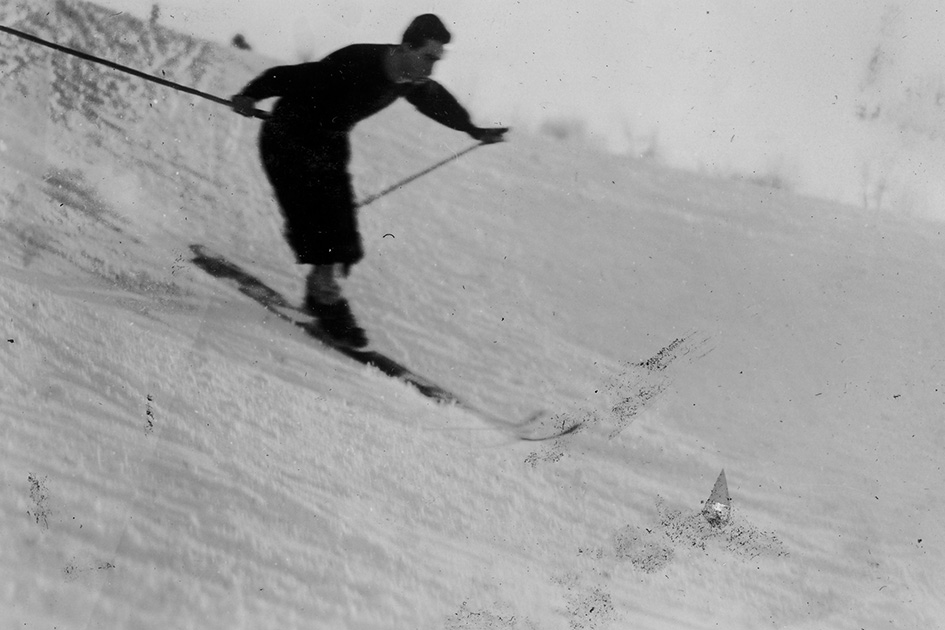
Appeared in Reed magazine: February 1993
comments powered by DisqusFrom the Archives: The Lives they Led

Jeanne Knepper ’69
The First Openly Gay Woman to Be Ordained and Appointed Within the Oregon-Idaho Conference of the United Methodist Church
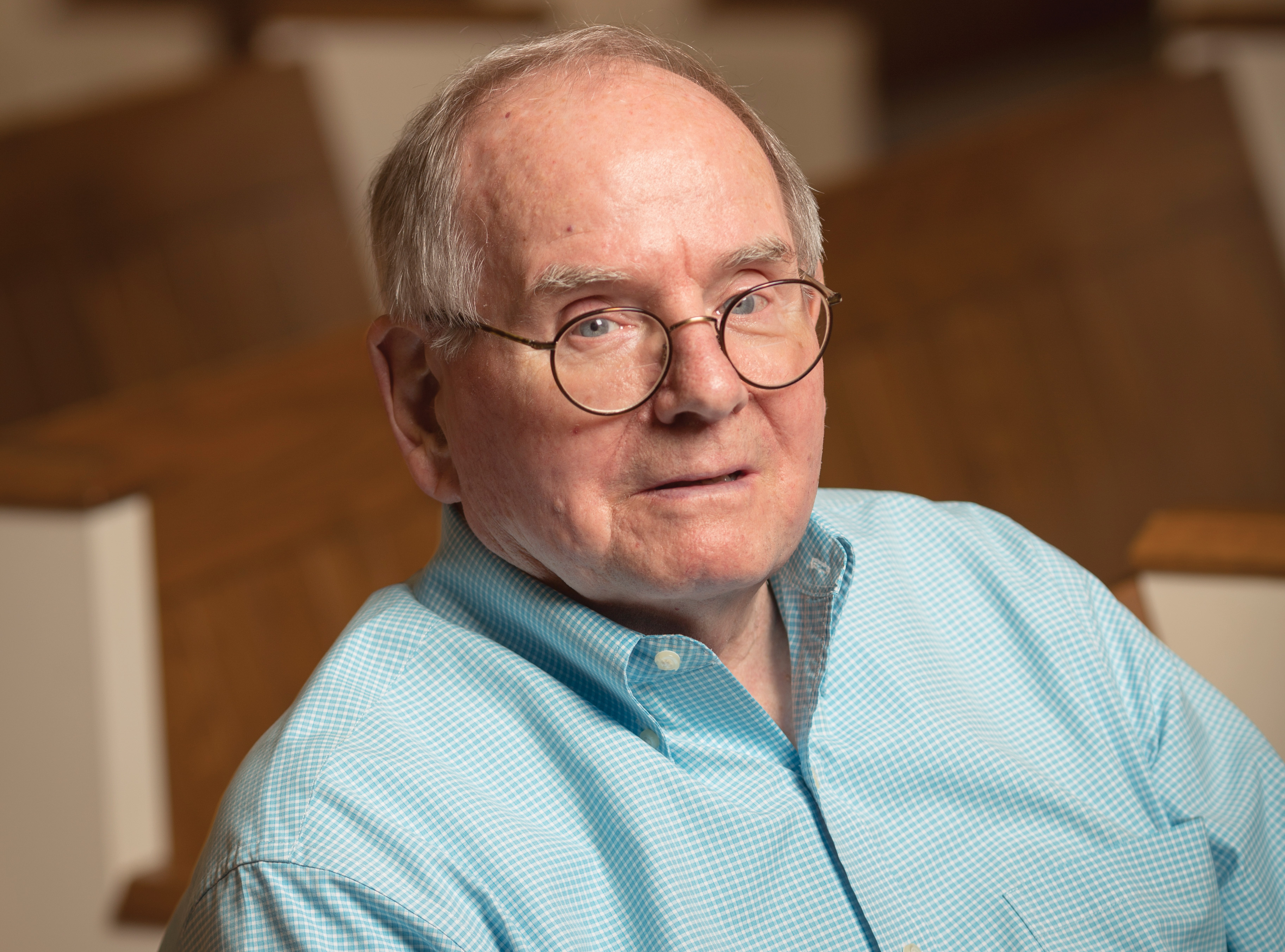
William Haden
As Acting President of Reed, He Strengthened the College's Finances and Alumni Relations
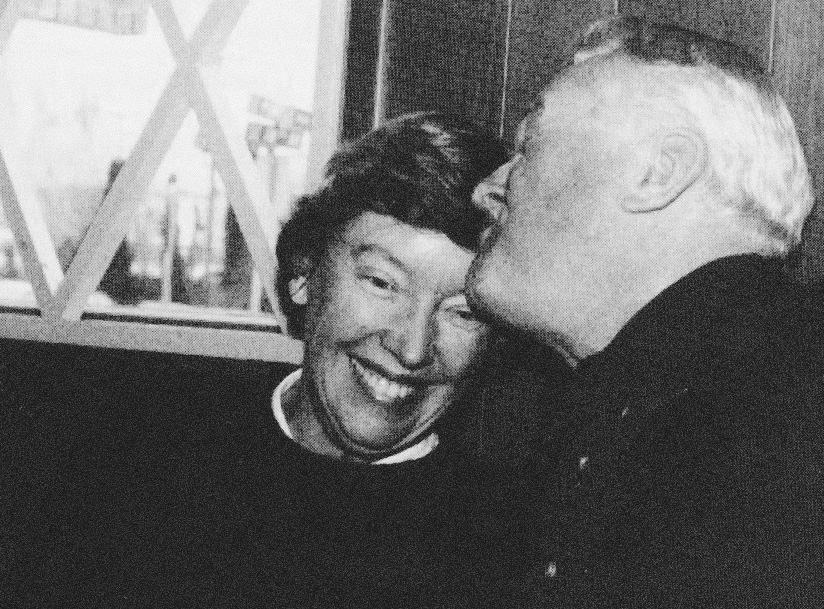
Nancy Horton Bragdon
Reed’s First Lady Whose Warmth and Leadership Were Invaluable During a Turbulent Time

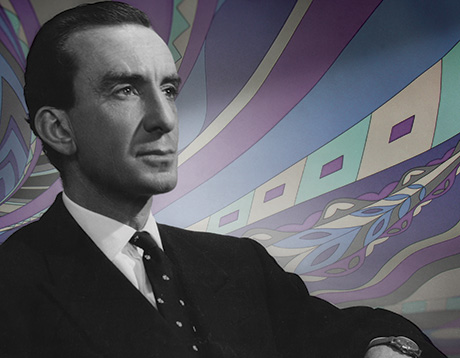
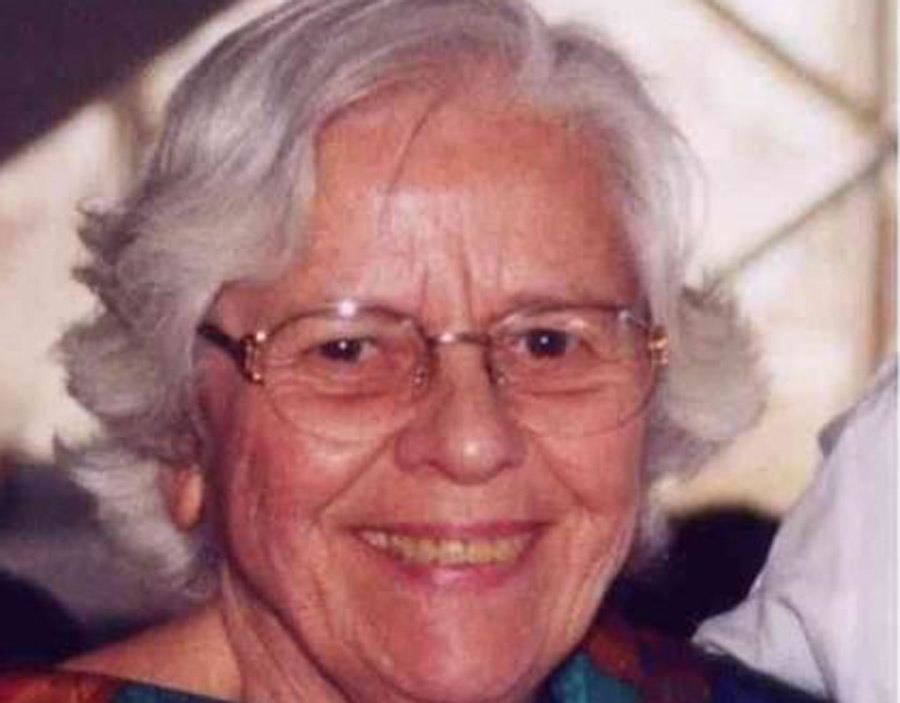
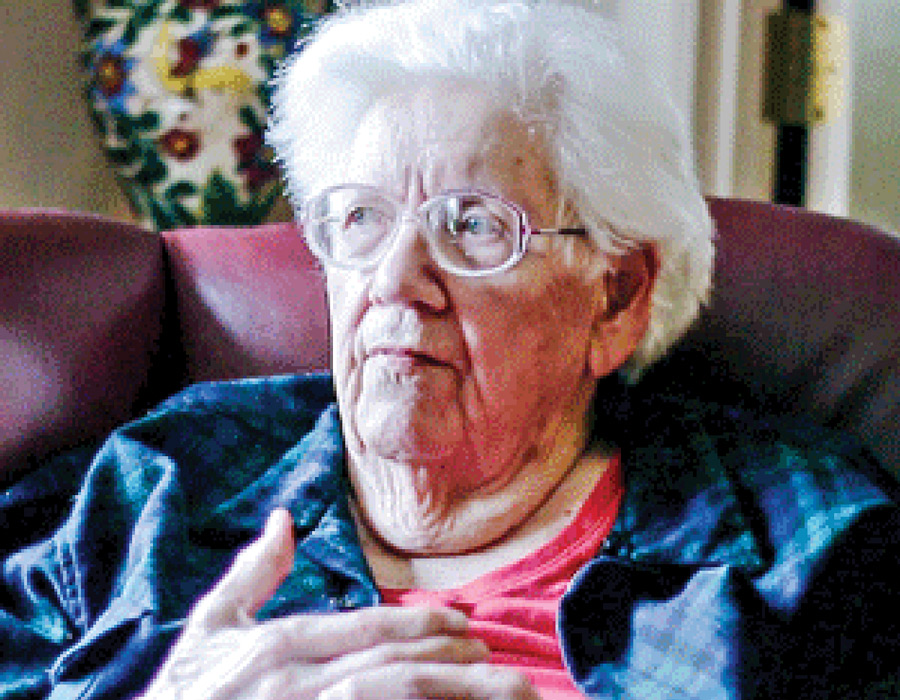
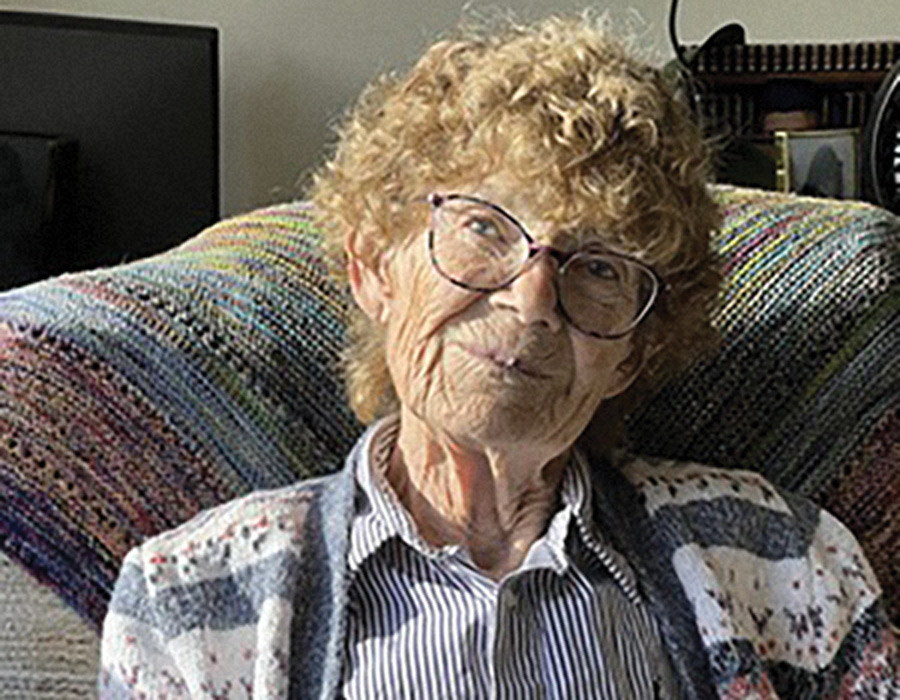

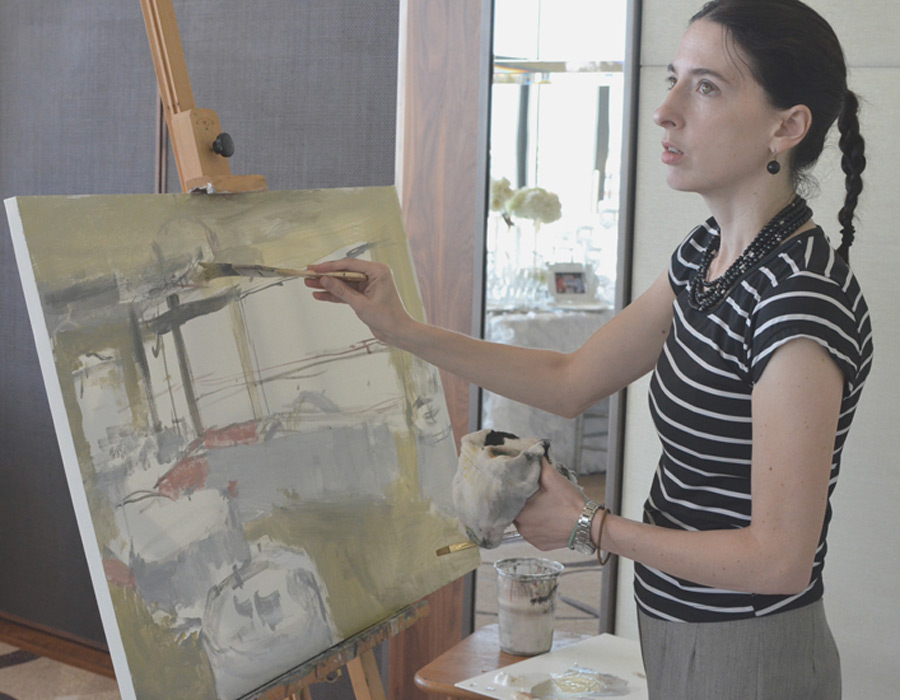


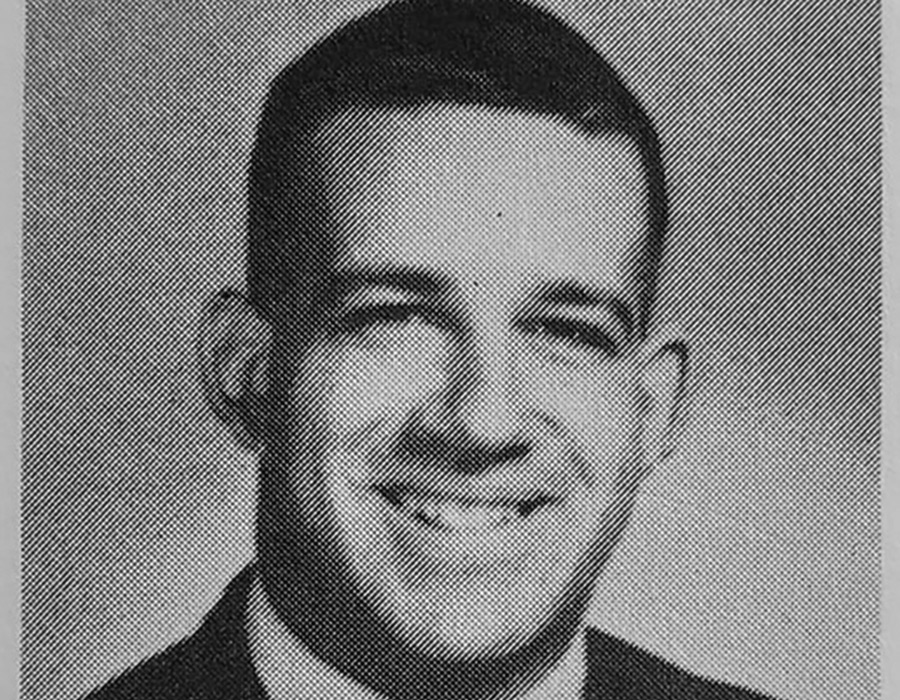




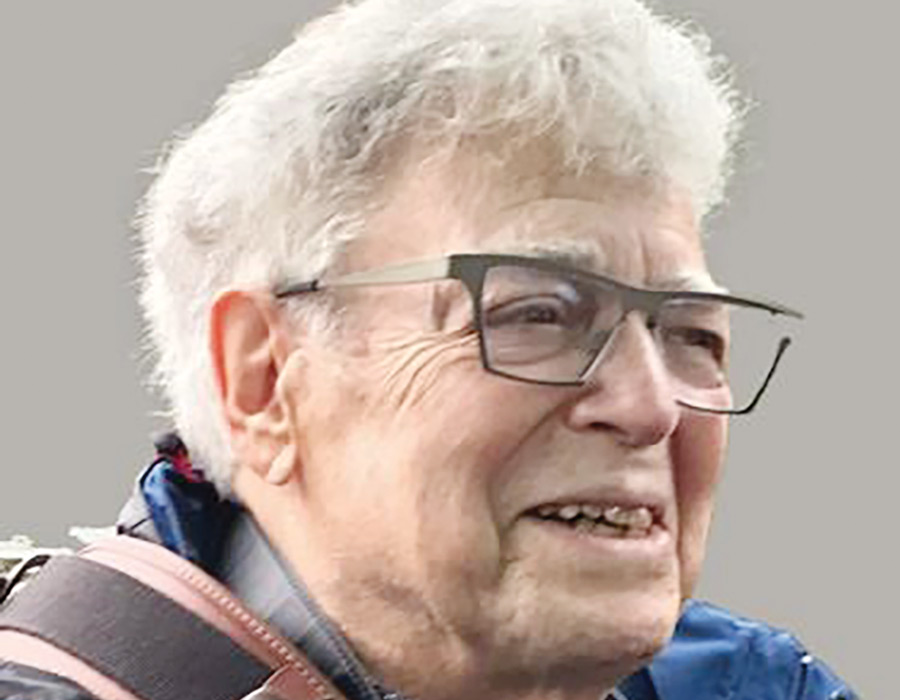
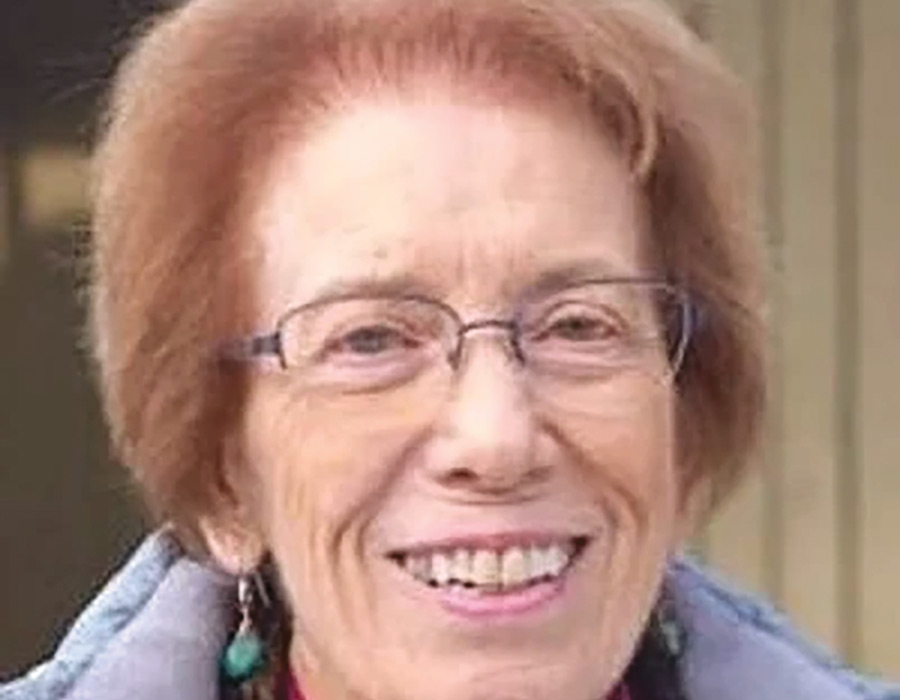
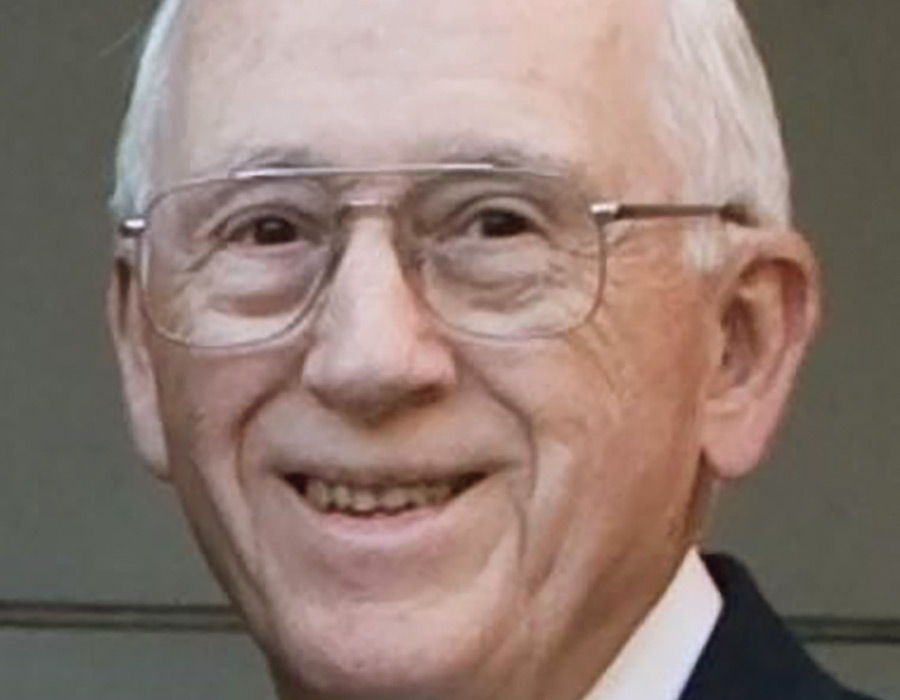

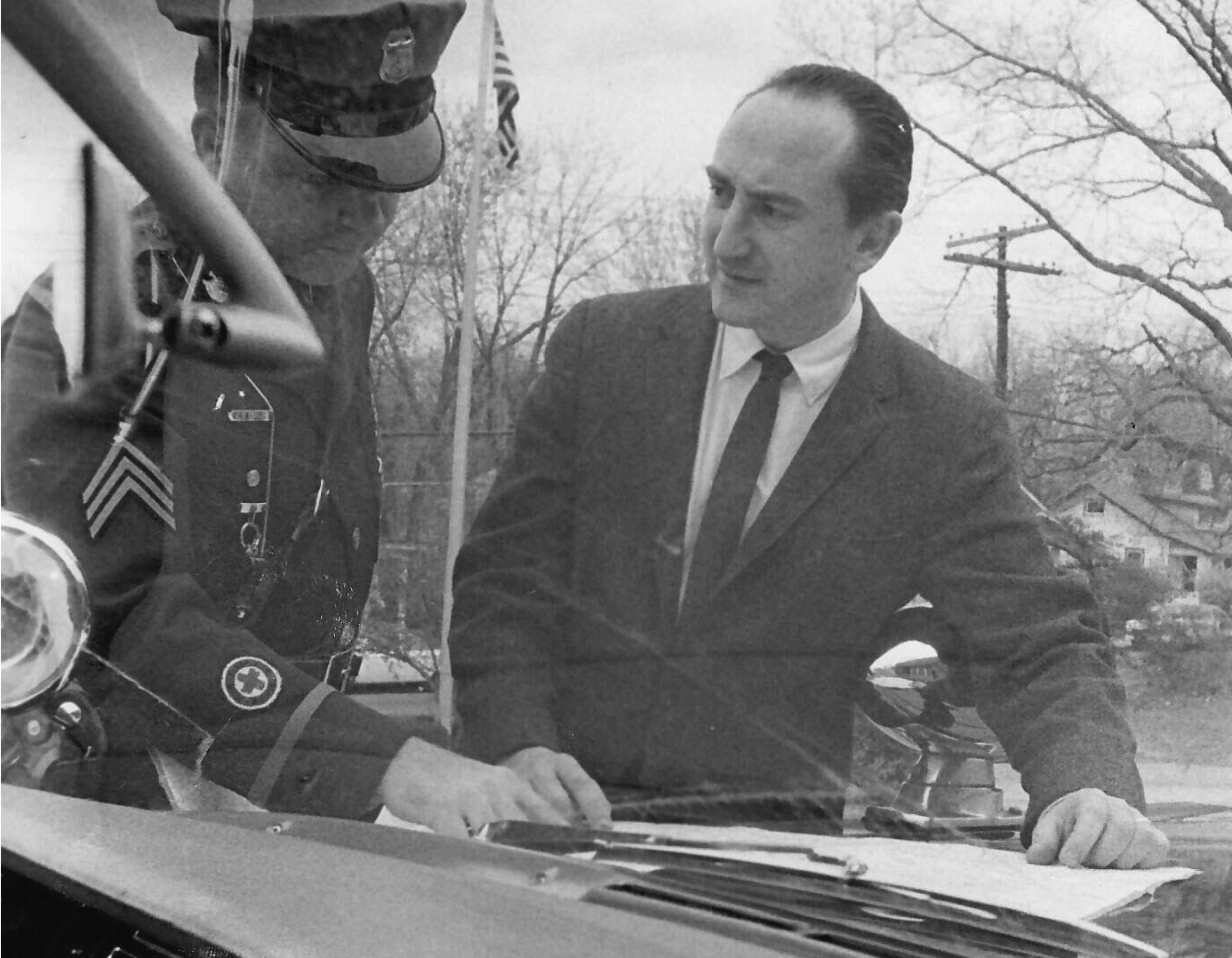


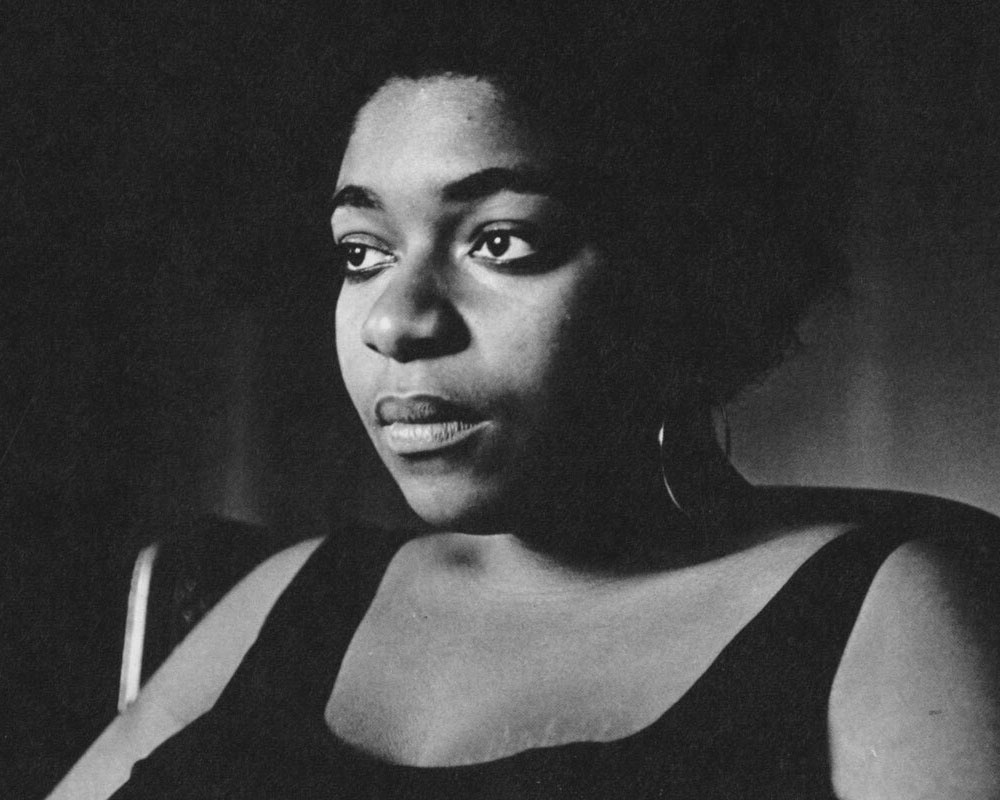

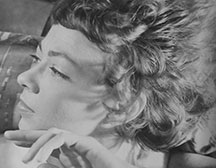
![Photo of Prof. Marvin Levich [philosophy 1953–94]](https://www.reed.edu/reed-magazine/in-memoriam/assets/images/2022/LTL-levich1.jpg)
![Photo of President Paul E. Bragdon [1971–88]](https://www.reed.edu/reed-magazine/in-memoriam/assets/images/2020/Bragdon.jpg)
![Photo of Prof. Edward Barton Segel [history 1973–2011]](https://www.reed.edu/reed-magazine/in-memoriam/assets/images/2020/Segel.jpg)
